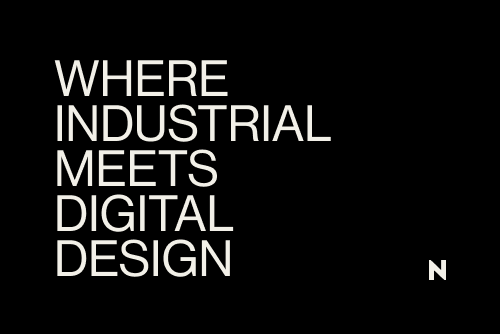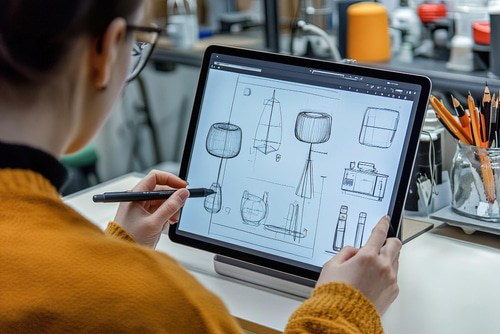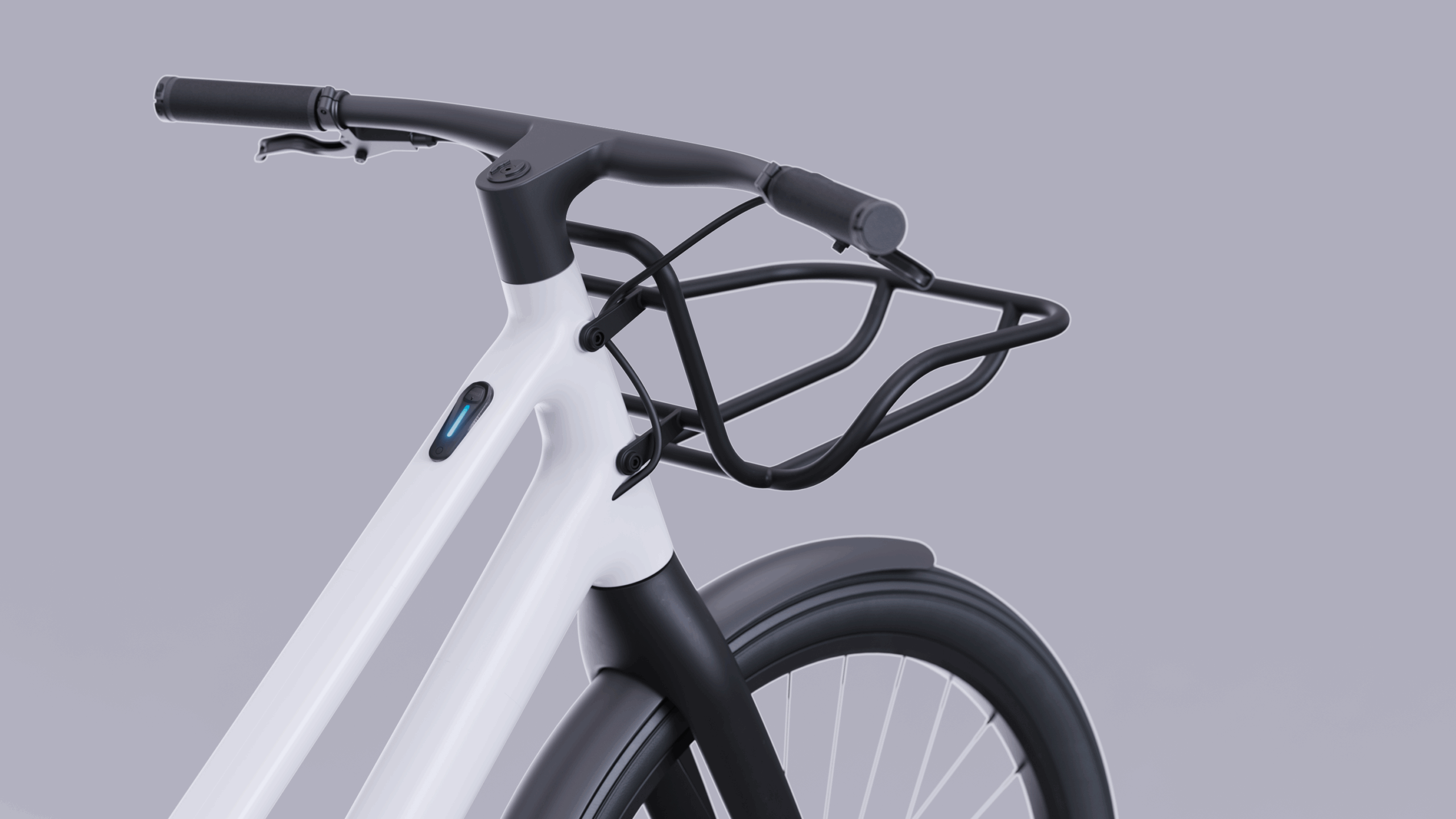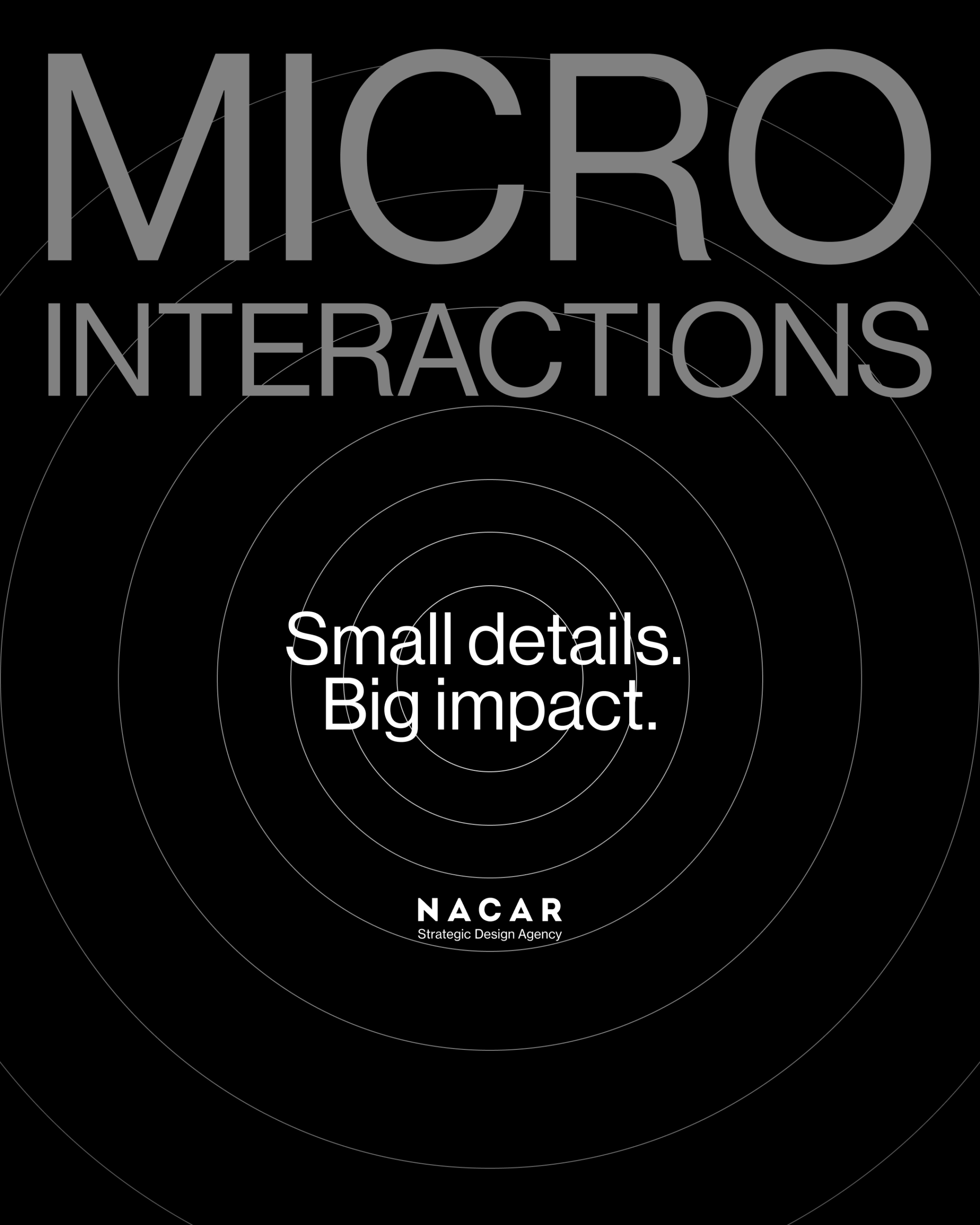
Physical prototypes vs digital prototypes
- Nacar Design Team

Both approaches have their own advantages and limitations, and understanding how and when to use each can make a significant difference in the design process. In this NacarDesign article, we’ll explain it thoroughly.
Physical prototypes: the tangibility of reality
Physical prototypes are tangible models created from real materials. These can be made using traditional techniques such as 3D printing, handcrafted methods, or materials like wood, metal, and plastics. The main advantage of physical prototypes is that they allow for a direct evaluation of the design in terms of shape, size, and functionality. Being a tangible model, you can interact with it directly, which makes it easier to identify ergonomic issues, material concerns, and assembly problems that are not always evident in a digital design. Furthermore, physical prototypes are particularly useful when it comes to presenting an idea to clients or investors. The ability to touch and test the prototype offers a more immersive and persuasive experience than on-screen images. However, it is important to consider that creating physical prototypes can be costly and time-consuming, especially if the design requires continuous adjustments. One of the most notable design trends is the use of neutral color palettes. Earth tones, beige, and gray are gaining popularity, providing a calm and sophisticated base for digital designs. These neutral colors allow other graphic elements, such as typography or images, to stand out more, without overwhelming the user’s view.
Digital prototypes: flexibility and efficiency
On the other hand, digital prototypes are virtual representations of the design created using 3D modeling software and simulation tools. These prototypes allow for precise visualization of the product before manufacturing and are extremely useful for exploring different design variants without the need to create physical models. The main advantage of digital prototypes is their flexibility: they can be modified and adjusted quickly, allowing for rapid and cost-effective iterations. Digital prototypes also facilitate team collaboration, especially when members are located in different places. Digital design tools enable sharing and reviewing progress in real time, which can accelerate the development process. Additionally, by using simulations, it is possible to analyze the product’s behavior under various conditions, which helps to predict and solve problems before physical production. An extension of this trend is the inclusion of animated fonts. Typefaces that change shape, color, or position when interacting with the user are providing an extra layer of interactivity. This approach not only makes the text more attractive but also enhances the user experience by adding an element of surprise.
Cost and time comparison
One aspect to consider when choosing between a physical prototype and a digital prototype is the cost and development time. Physical prototypes are generally more expensive due to materials and the time required for their creation. Each adjustment or change in the design might involve creating a new prototype, which can significantly increase costs. In contrast, digital prototypes offer a more economical solution for experimentation and iteration. The costs associated with design changes are minimal since it involves adjusting a digital file rather than creating a new physical model. Moreover, the time required to make modifications is much shorter, which speeds up the development process.

Applications and use cases
The choice between a physical prototype and a digital prototype can also depend on the type of project and its specific needs. For products that require a detailed evaluation of form and functionality, such as ergonomic devices or consumer goods, a physical prototype may be more suitable. It allows for usability testing and design adjustments based on direct feedback. On the other hand, for projects that focus on internal functionality or visual presentation, digital prototypes might be the better option. These are ideal for projects such as software applications, websites, or products where the final shape is not critical in the early stages of design. Digital prototypes allow for rapid exploration of concepts and help visualize how users will interact with the product.
Conclusion
We can say that both physical prototypes and digital prototypes have their own advantages and disadvantages, and the choice between one or the other will depend on the specific needs of your project. Physical prototypes offer a tangible and direct experience, ideal for evaluating form and functionality, while digital prototypes provide flexibility and efficiency for quick design exploration and adjustment.
In the end, the most important thing is to select the approach that best aligns with your design goals and project requirements. In many cases, a combination of both methods can offer the most comprehensive solution, allowing you to leverage the strengths of each to achieve a successful design.


Moulded thermoplastic composites; lightweight and recyclable. The BCPR project.
